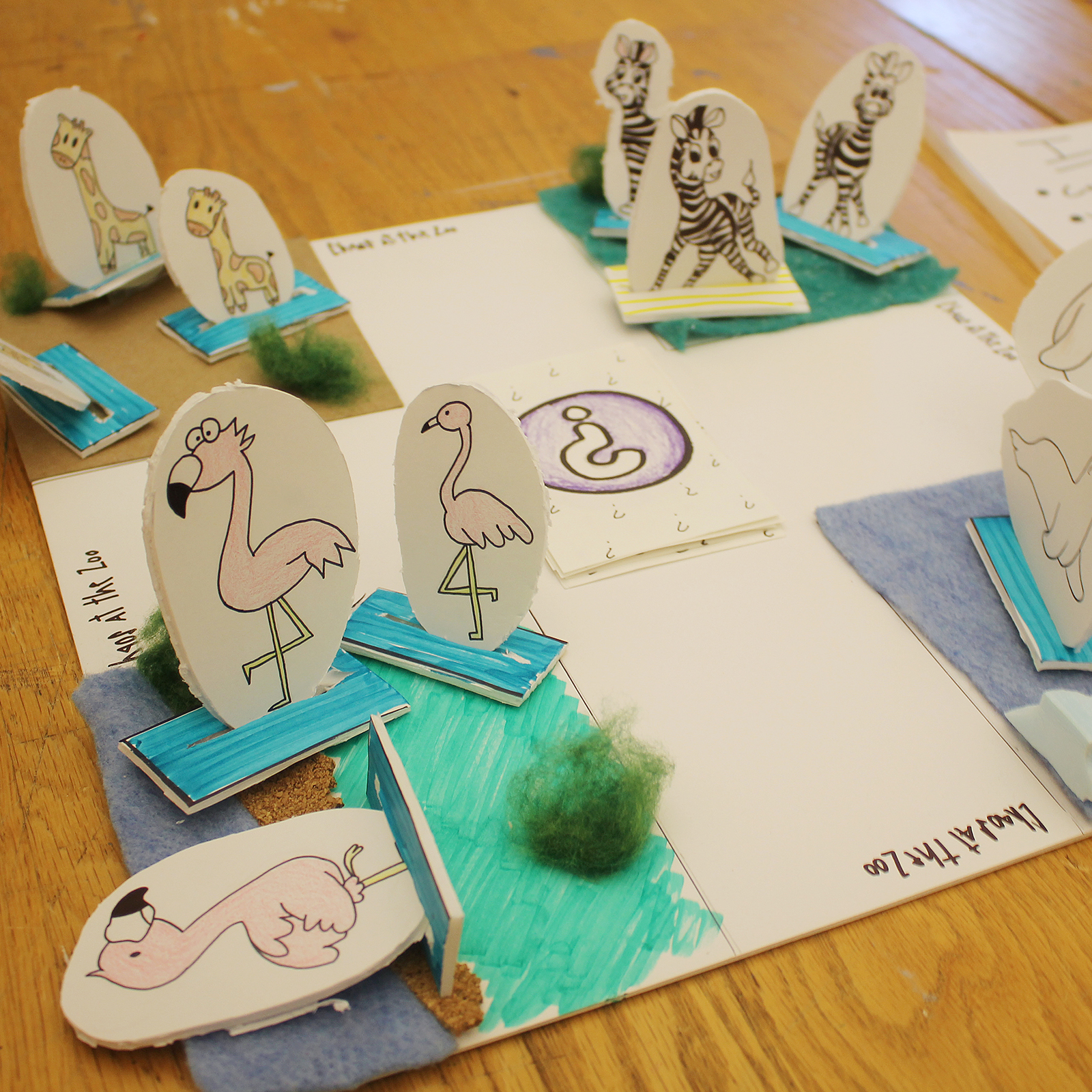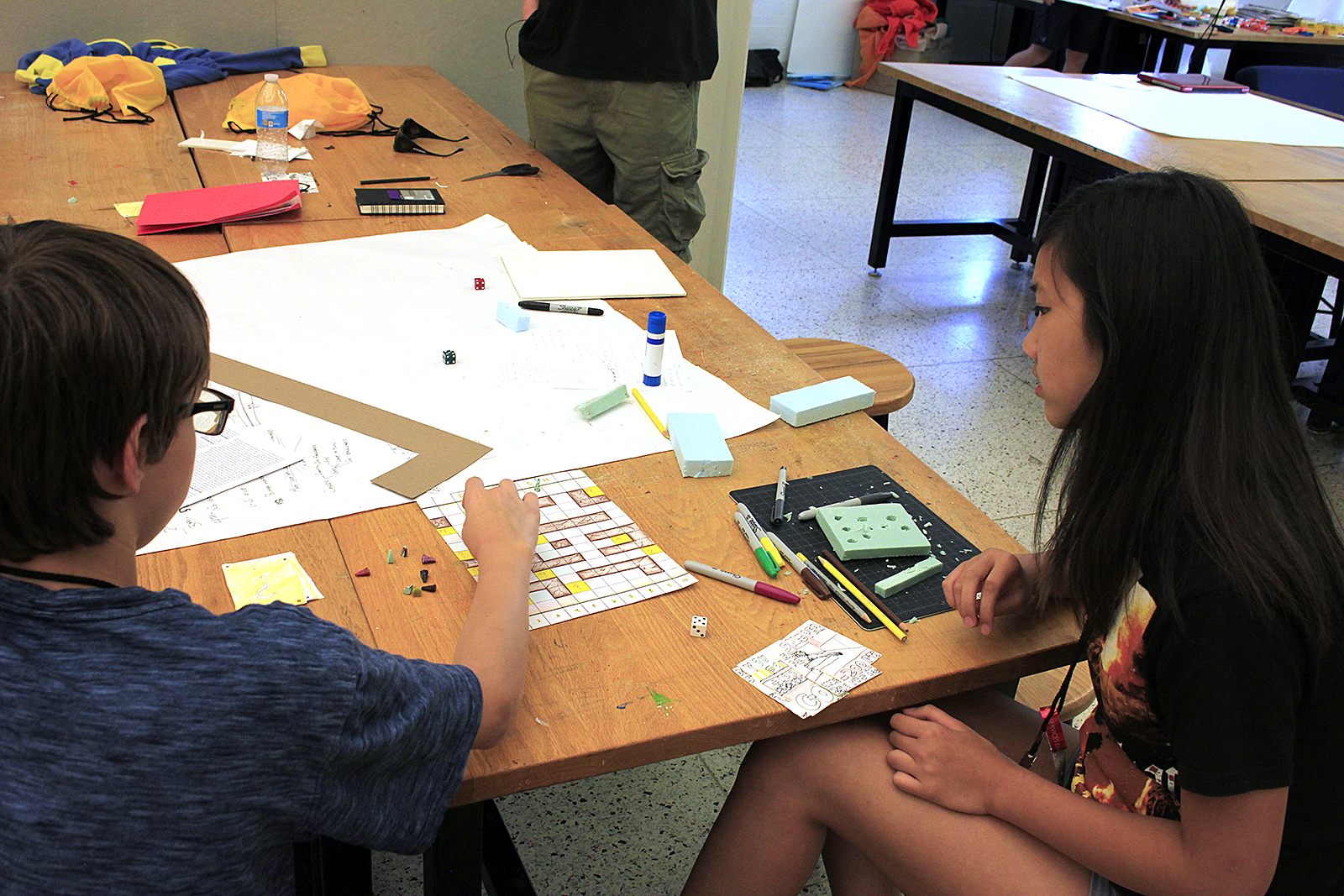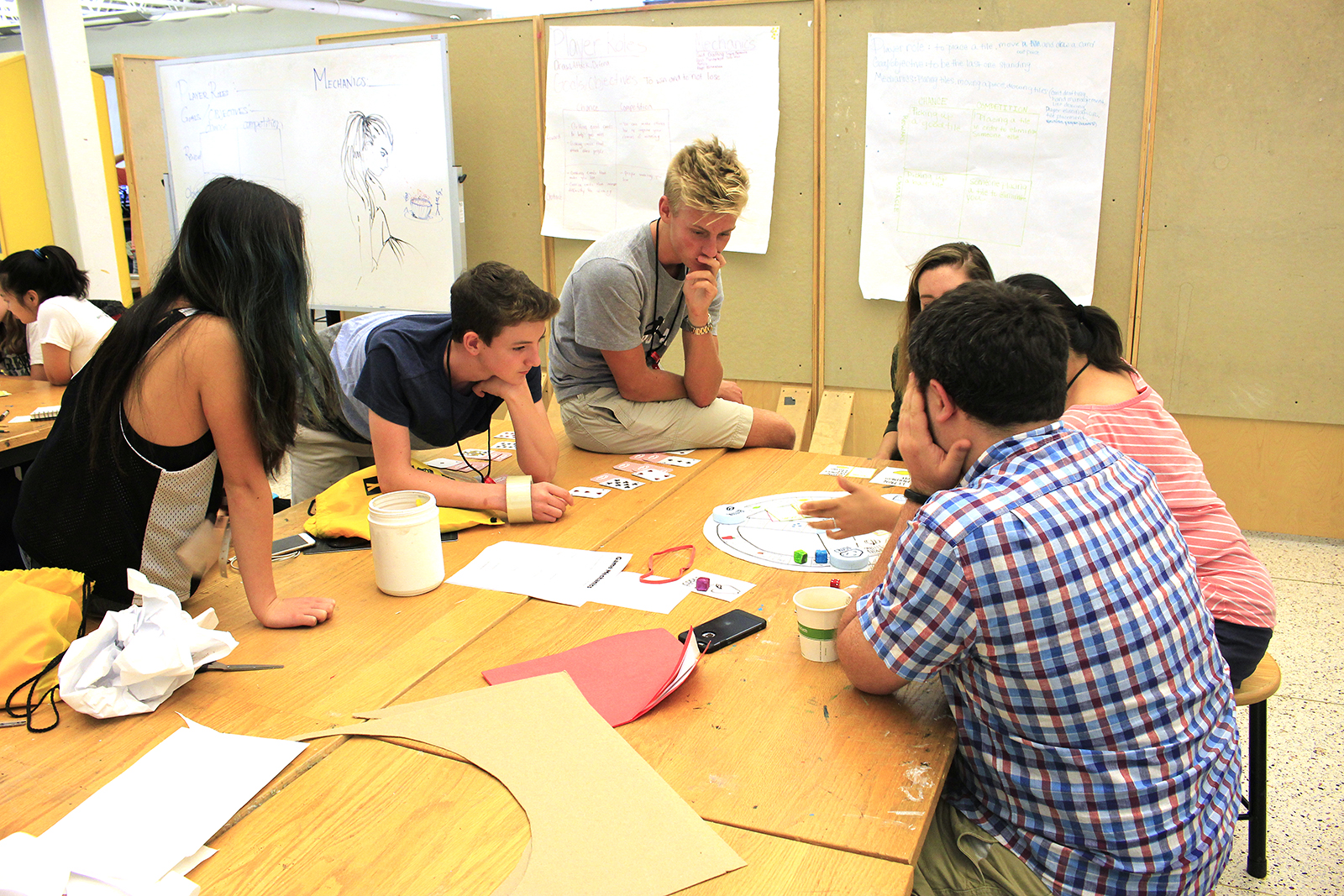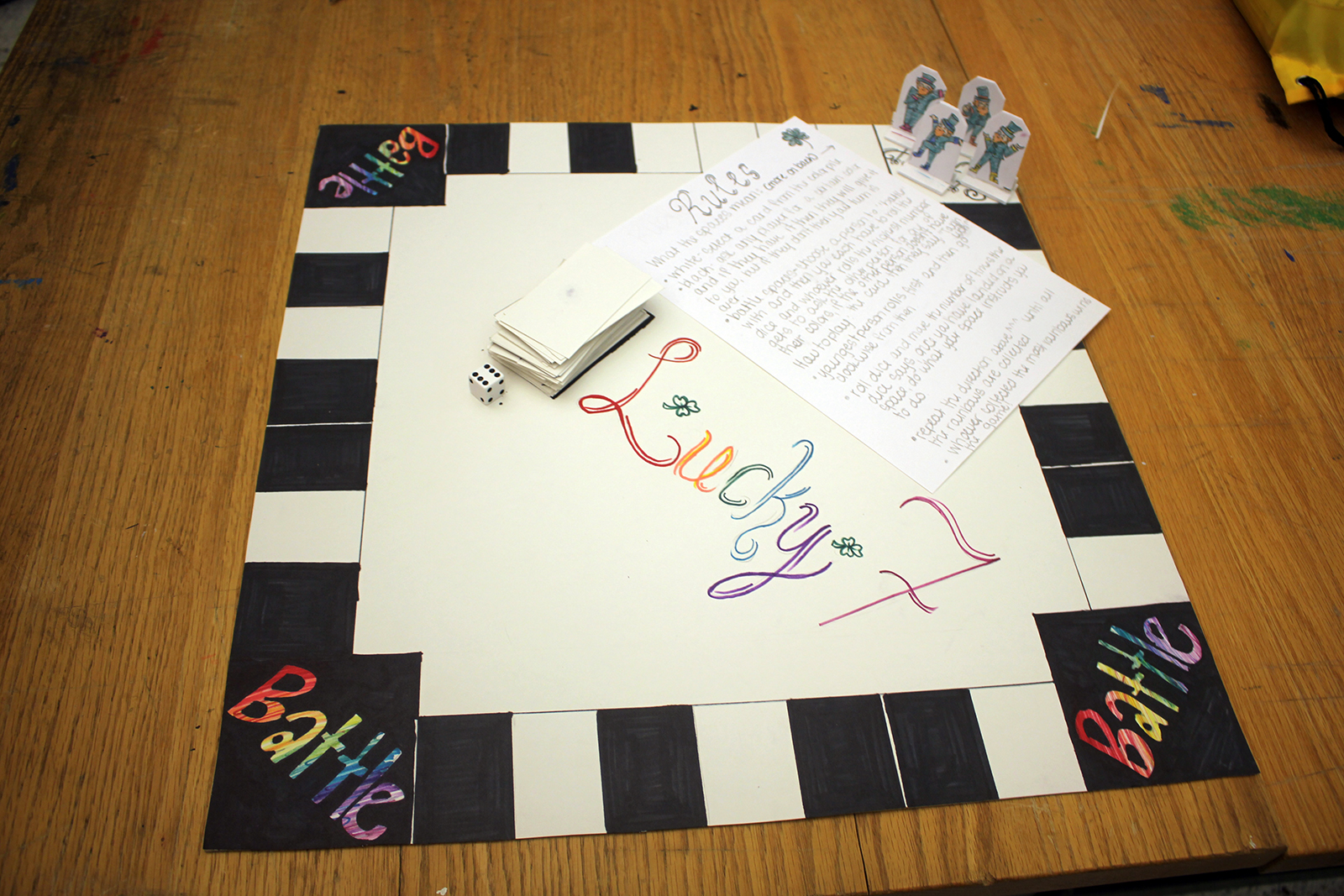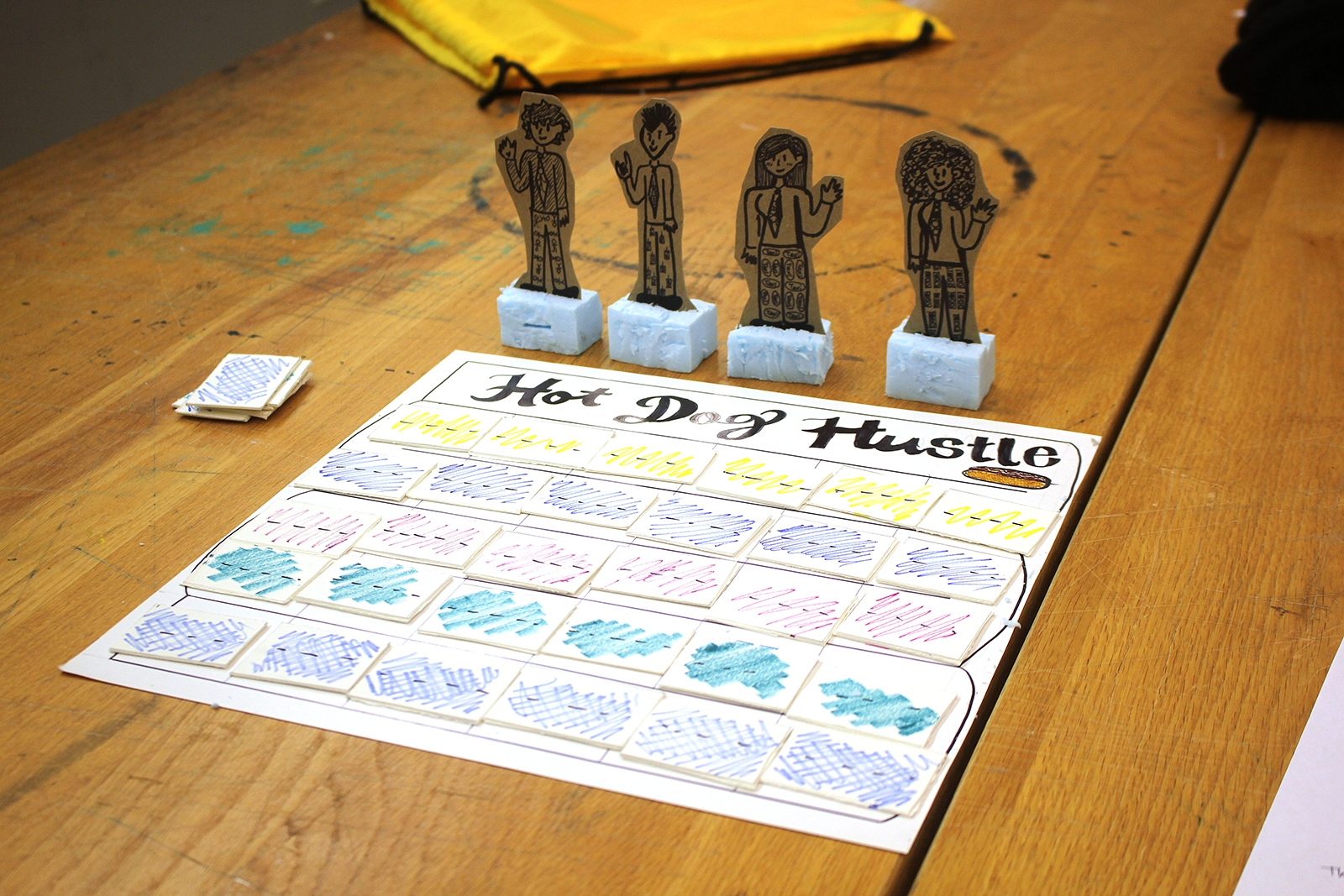Design Foundations Camp
Design Lab is a partner with NC State College of Design and is dedicated to “teaching design as a way of thinking and delivering design education experiences to benefit the K-12 community and beyond.” Throughout the year they have workshops for students and educators. During the summer, they run 3 camps: Explorations, Foundations and Immersions.
Foundations is for uprising 9th, 10th, and 11th graders. The camp introduces the students to design through a various interdisciplinary projects. The projects cover the range of studio disciplines offered at the College of Design focused on design fundamentals and the application of design in the real world. They are introduced to and complete each project per day of the week.
Yahtzee!
For Foundations Camp, I designed a lesson plan around creating a prototype for a table-top game.
Overview
For this project, they used a base game mechanic, such as Hand Management, in a group to create a prototype for playable game. Over the course of the project groups play tested this game and learn the basic of game mechanics.
Objectives
- Develop creative problem solving skills
- Understand and practice iteration
- Discuss the game system
Outcomes
- Utilize iteration to solve problems
- Recognize elements of a system and be able to discuss how they work together.
- Develop persona appropriate solutions
